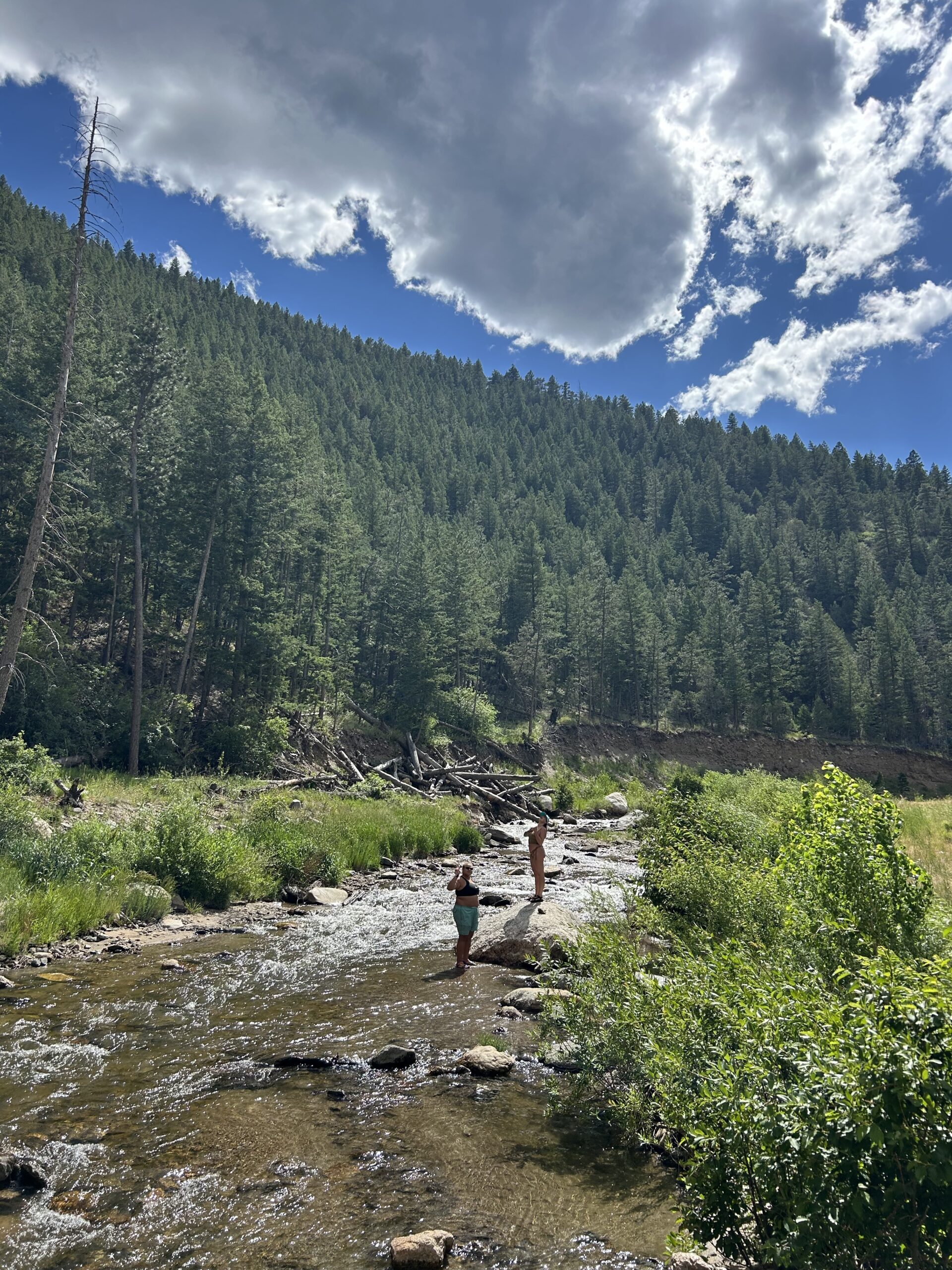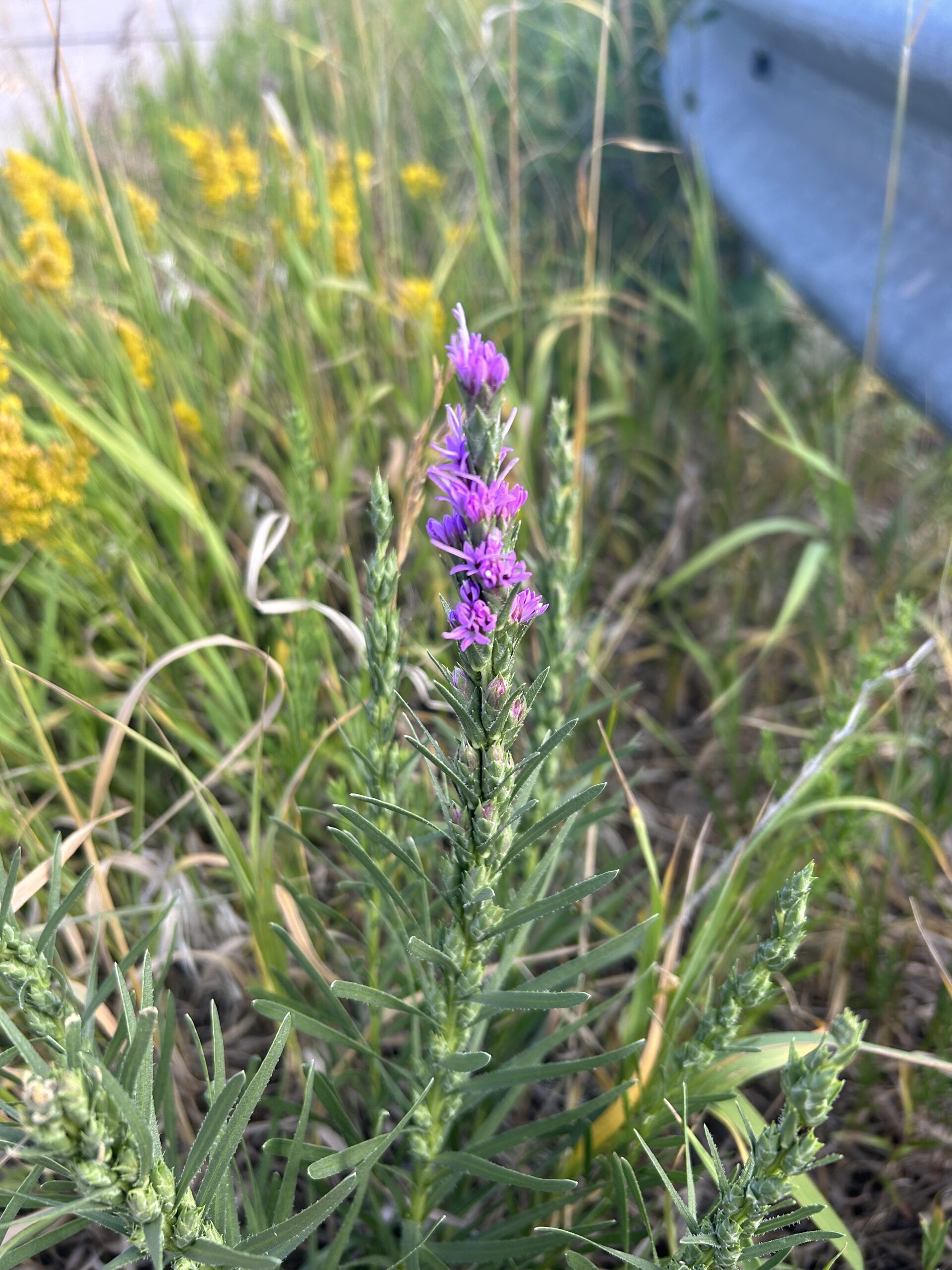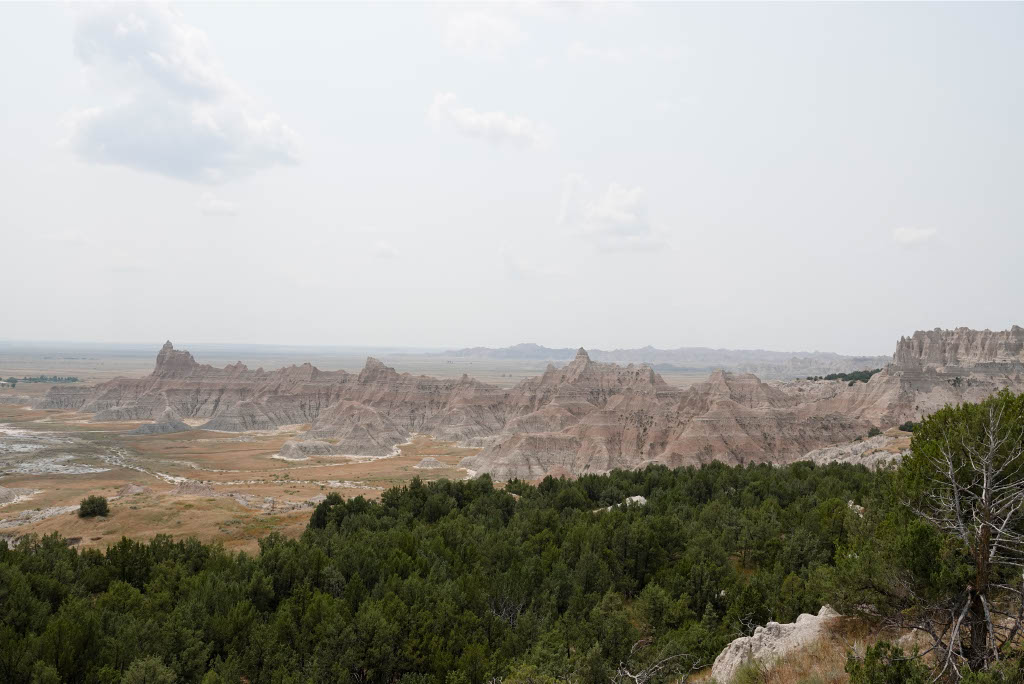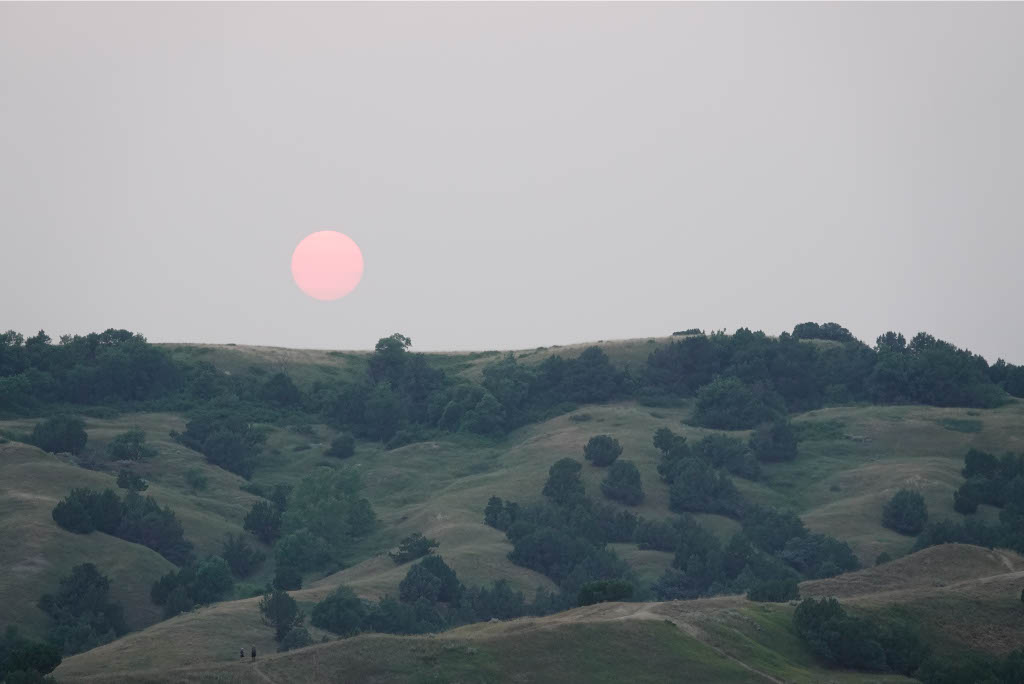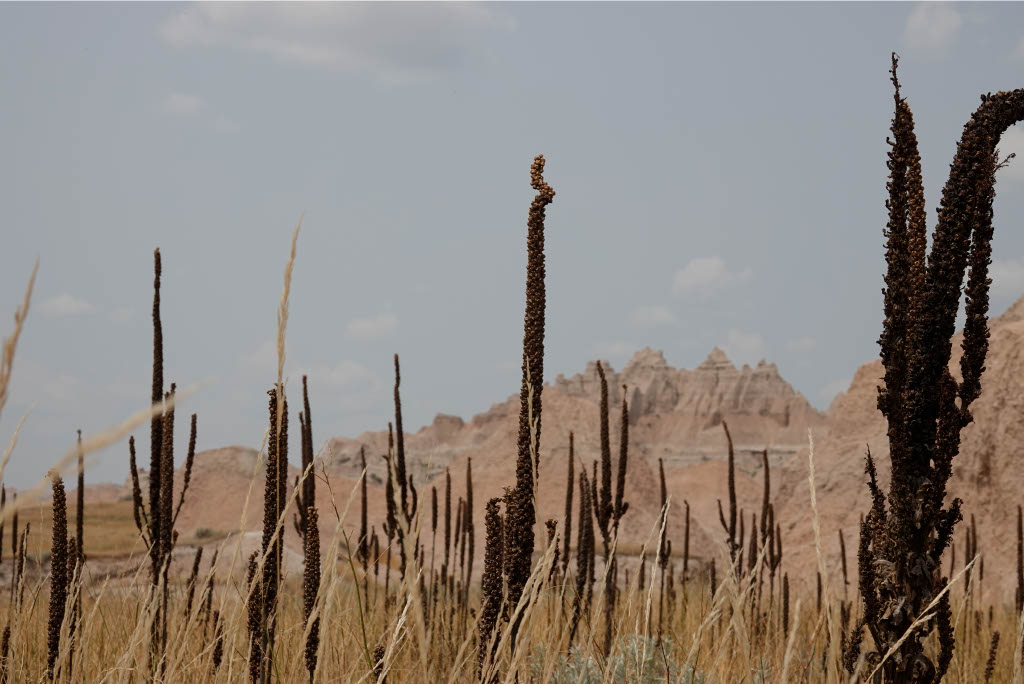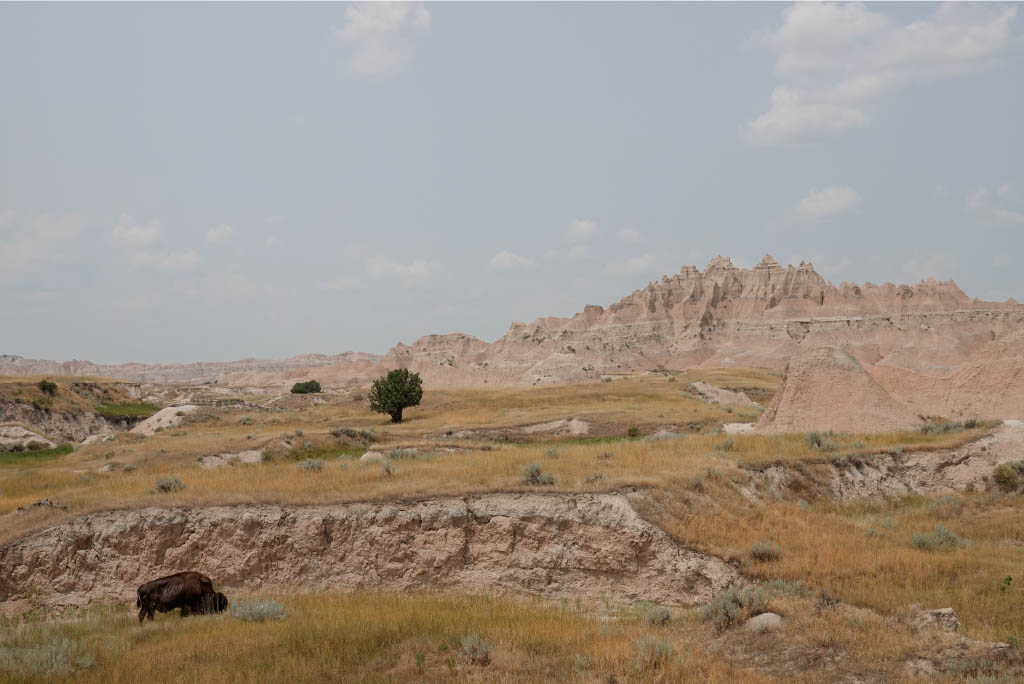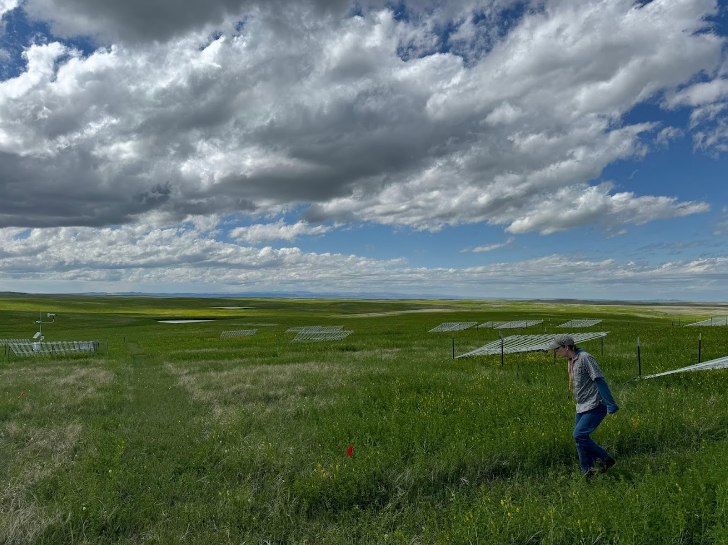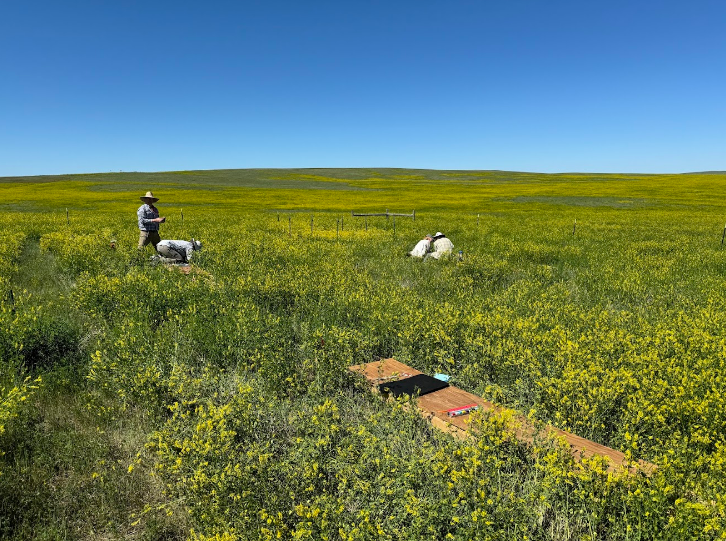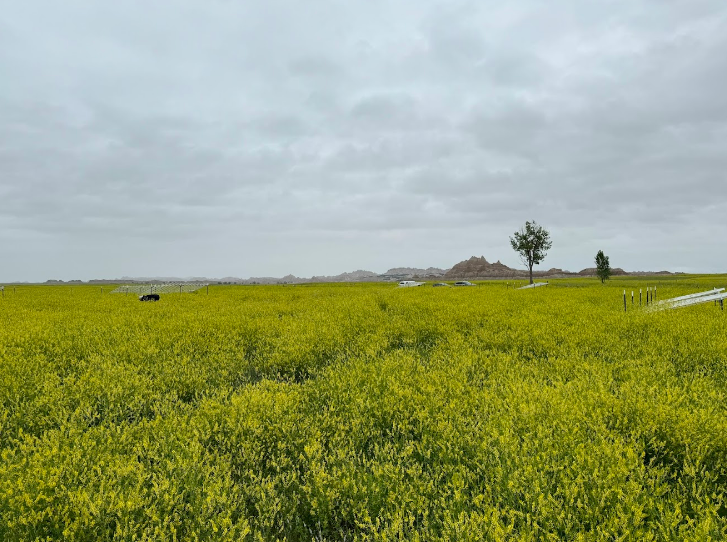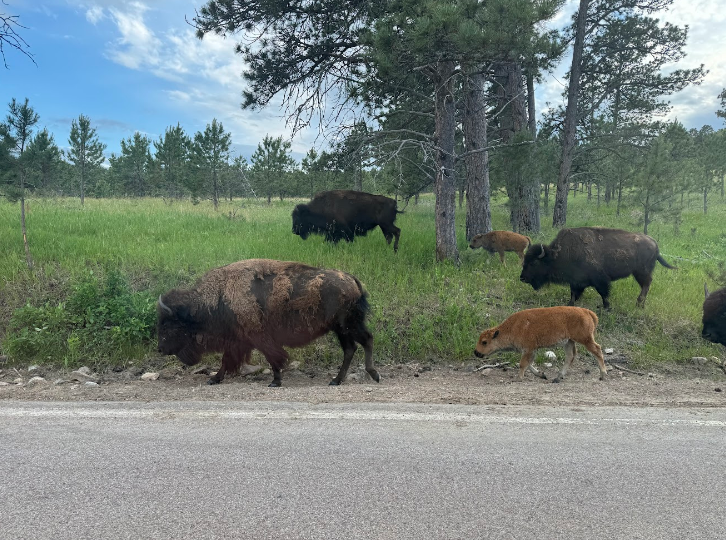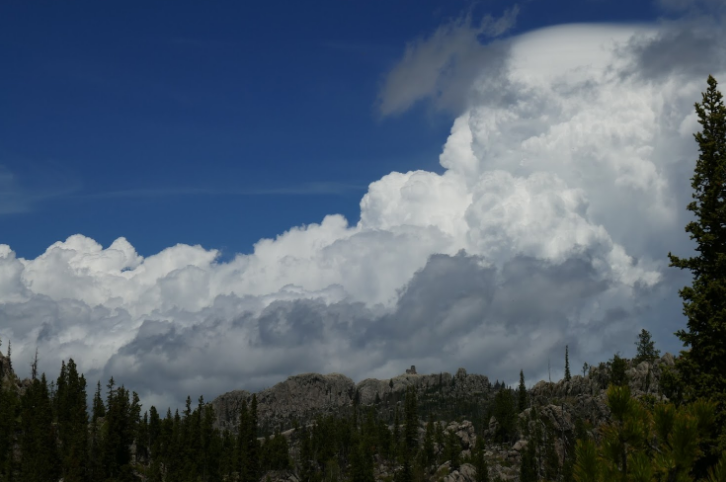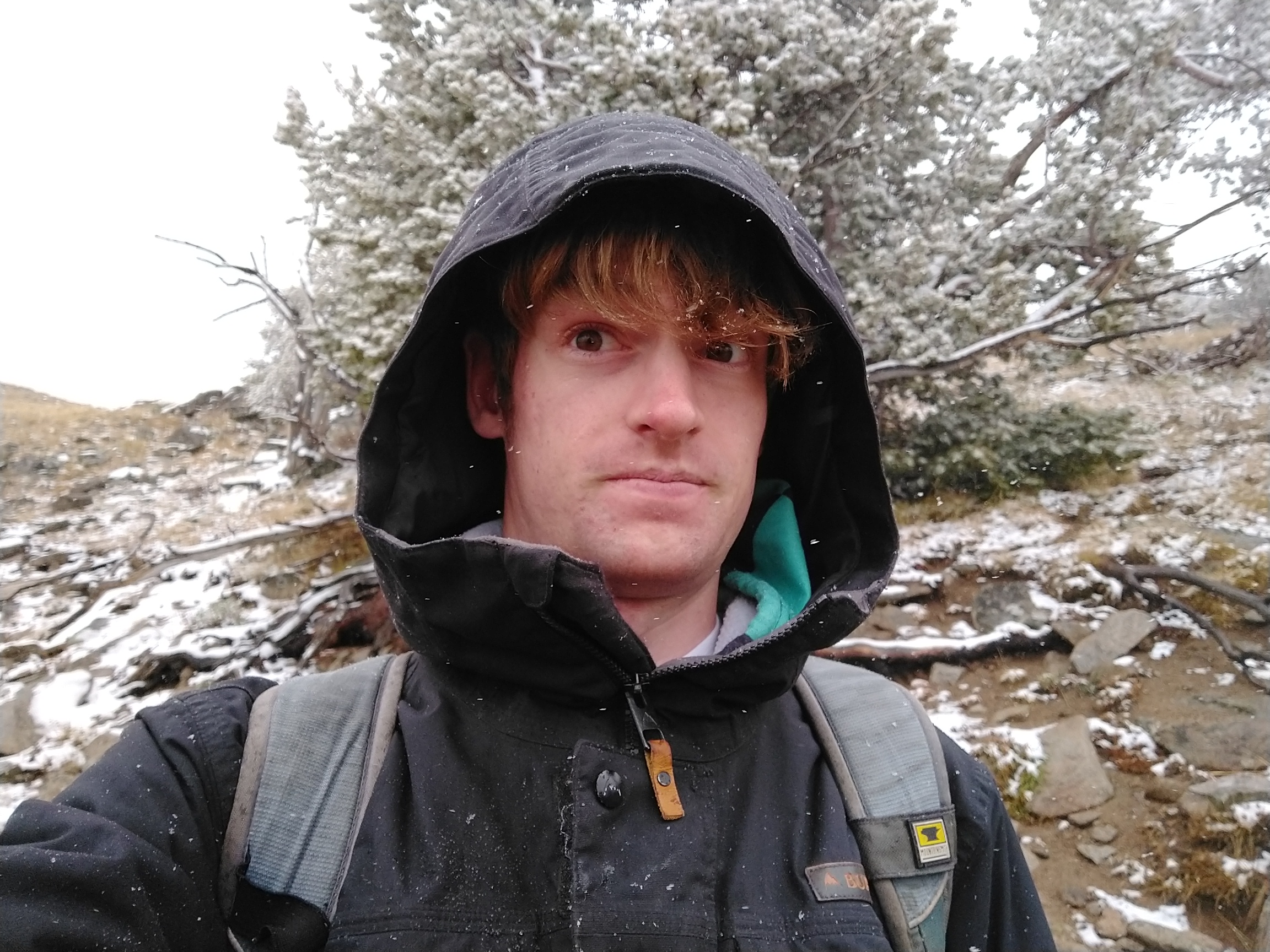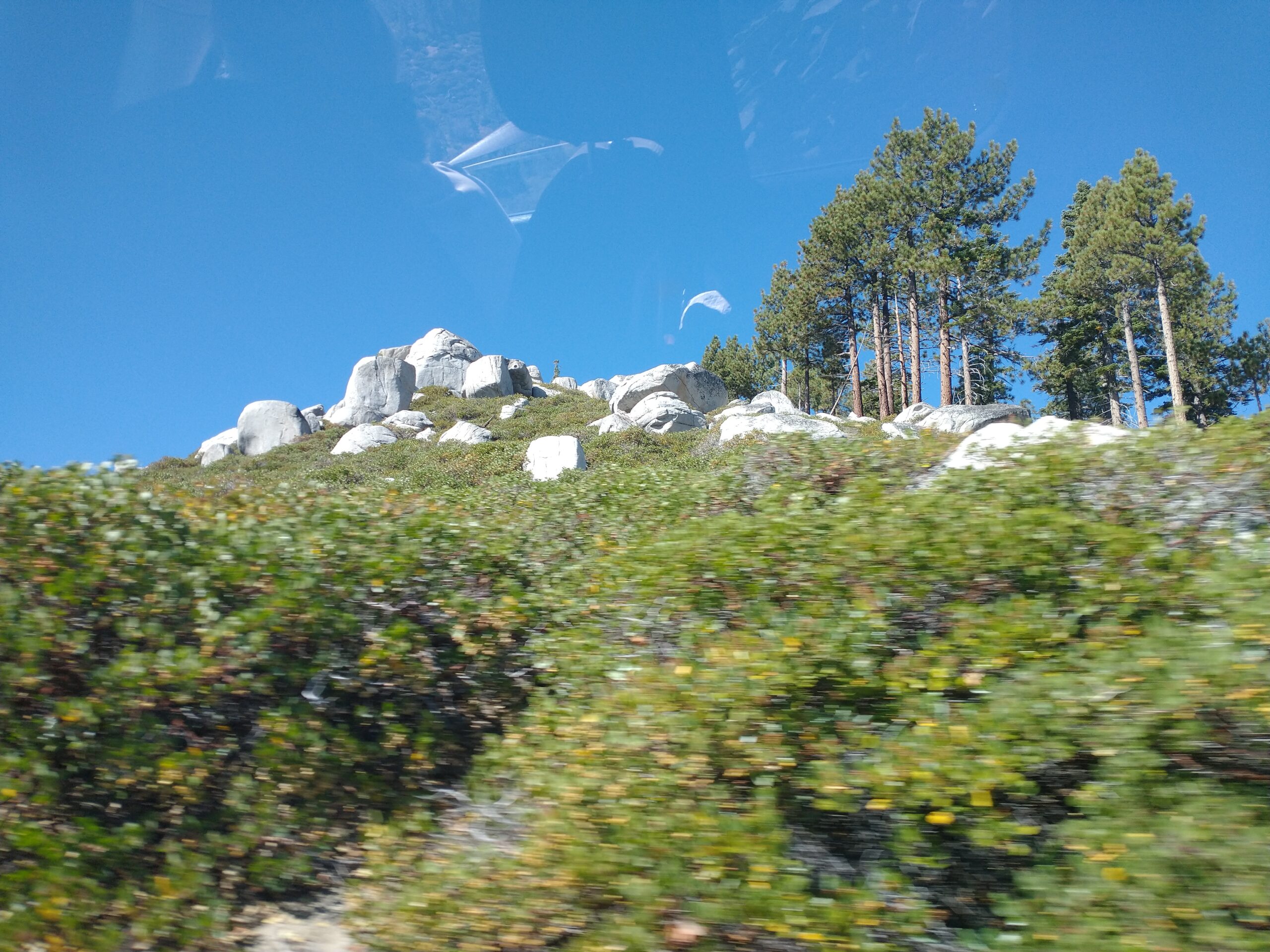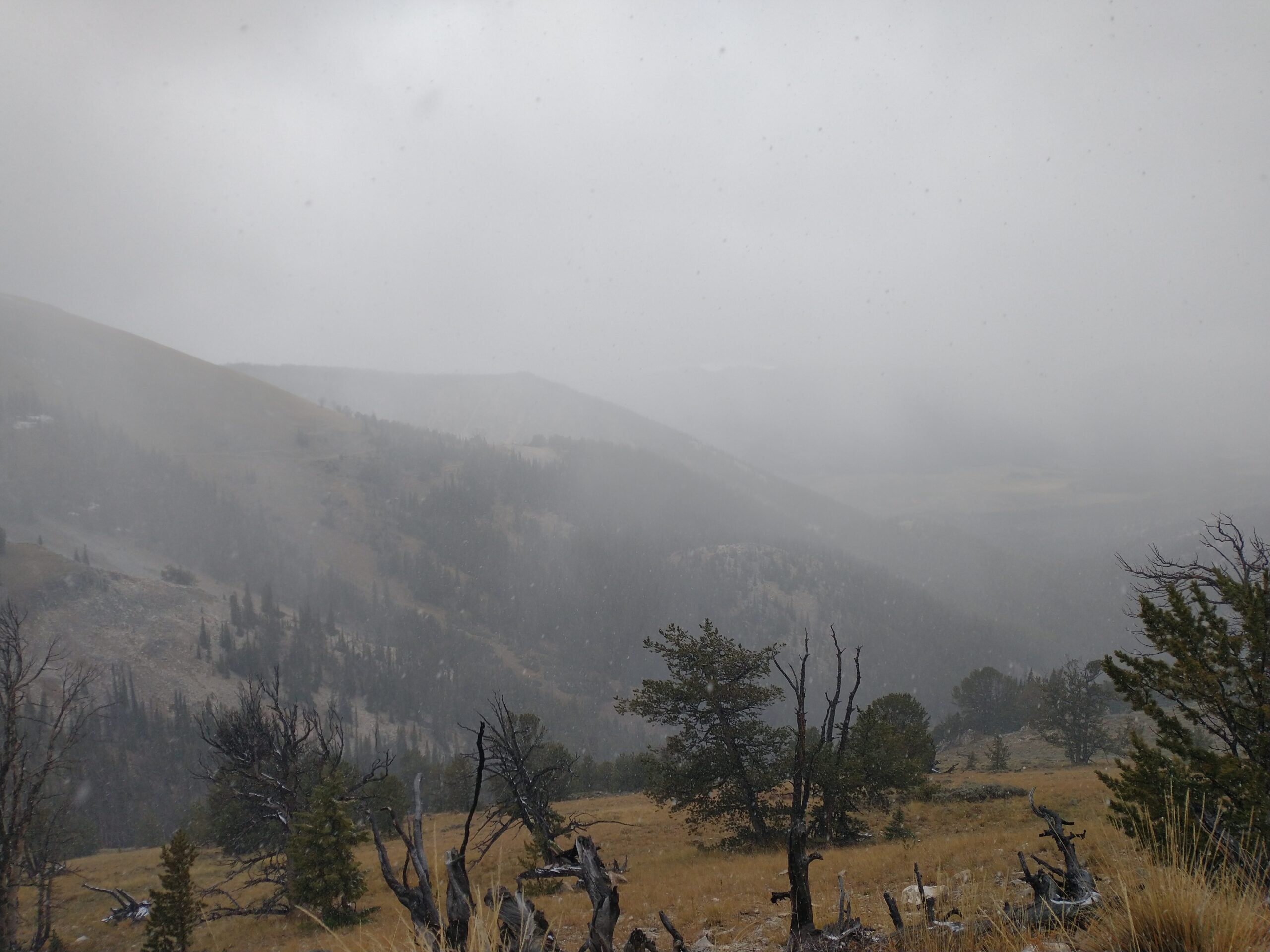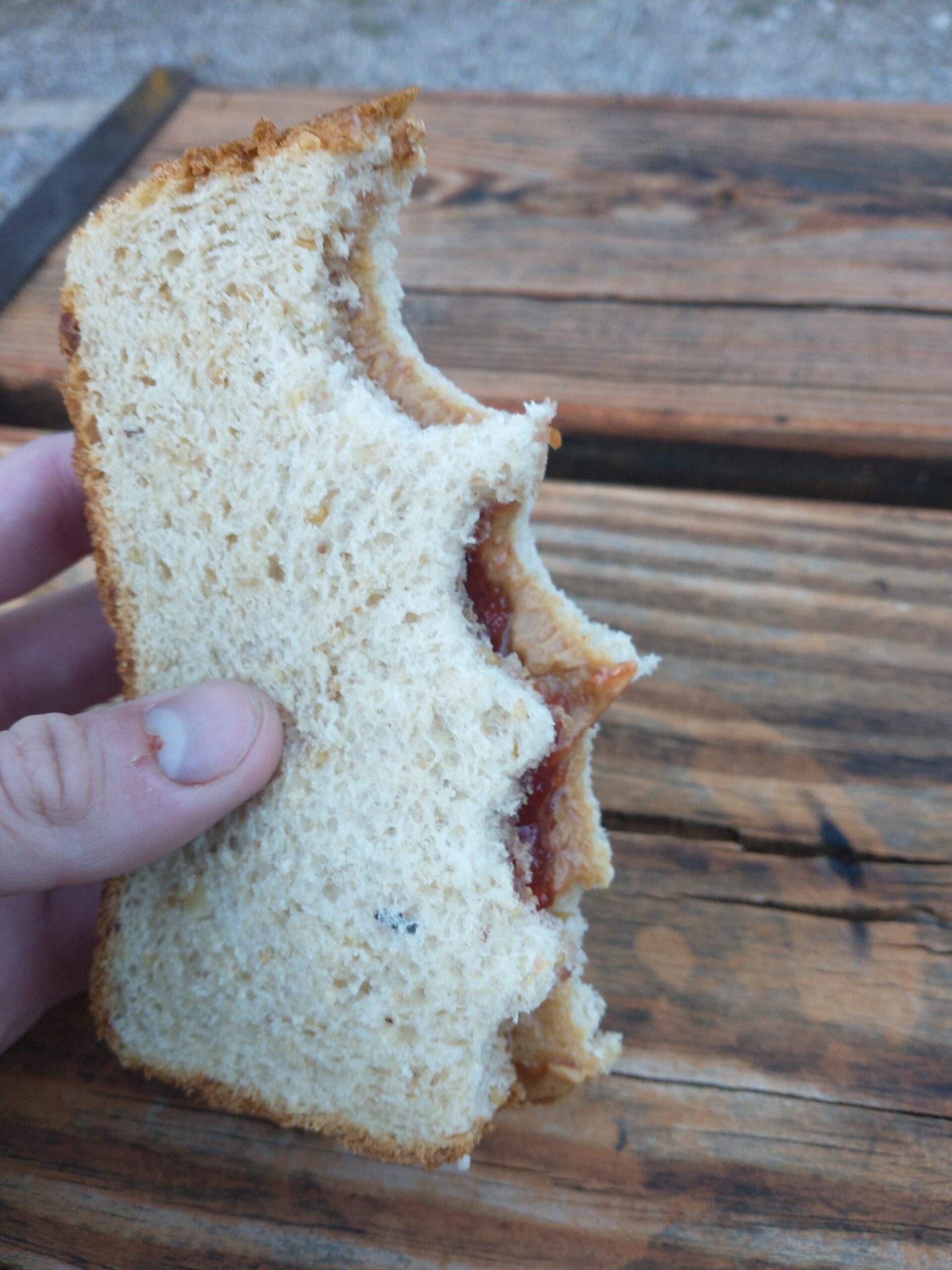Tired and hungry after my long journey from Wisconsin, I pulled into the dusty driveway of my new home for the summer, deep in the heart of the Black Hills. This is where my story begins and will most definitely end, in the quaint government house nestled among the pines on Maggie Lode Road (still don’t know why the street was named this but someone must’ve hit it big! [a lode describes a vein of ore within rock, something the Hills are known for]). The moment I’m writing this post I have now spent about a month and a bit here in South Dakota. Let me tell you what I’ve discovered in my short time living in this new, fascinating and beautiful corner of the earth:
Part one, the pines are in bloom…
What is that yellow dust covering my shoes? Maybe just some saw dust from someone logging nearby. Fairy dust possibly… But it covers my car, too. Must’ve been a big log! But wait, it’s in my room, and on the tables, and in my ears and all over my feet, too!
The pines are in bloom and everything is covered in a thin layer of yellow dust. Thanks to a quest I received from a fellow traveler at the Renaissance Fair in Lead, I was able to understand that this happens every year and lasts for a few weeks in late May and early June.
The Hills are dominated by a single species, Pinus ponderosa, or Ponderosa Pine. The bark smells a sweet vanilla caramel and the pinecones drop from meters above; I’ve been fortuitous enough to be bonked on the head by one, a goal of mine ever since seeing them fall from the canopy with such force. In fact, I thought my dad had thrown it at me but, looking directly at him, realized that I had not seen him move his arms… what a treat!
So, after our few weeks enveloped in this pale powder, the pines stopped their pollination procession, happy with their success. This powdery parade didn’t stop me, however, from exploring our massive “backyard” (endless forest service wilderness) and other parts of the Hills. Along with my roommates/coworkers (room-workers or co-mates [still working on the name]), I’ve gone on many breathtaking hikes and botanized until my brain is spinning with latin. Some highlights include the big hole I found (planning on descending soon, sorry Mom [she doesn’t like this idea]), the Billy Jack (a $5 deal at the Chute rooster which indulges all the senses with a shot of cheap whisky, a PBR, and a cigarette), jumping off rocks into a lake for $20 (thanks to Jimmy? Rodney?, a high schooler from Sturgis or something for daring me to do this thing I was already planning on doing), and my parents coming to visit me so we could all camp together South Dakota style.
During this time, I also spent my time working (I know, weird right!) with the RMRS (Rocky Mountain Research Station, an entity within the US Forest Service) in the field learning new plants and ecological concepts, watching storms form, counting grass, sweating a lot, seeing Bison, and making constant jokes with my awesome co-workers. This is where part two of my adventure begins…
Part two, Sweet Clover invasion
Most of my June was spent out in the Buffalo Gap National Grassland, sitting in a field of lady bug larvae, Red-Winged Black birds and these funky structures that simulate drought conditions by preventing 50% of rainfall over a certain area, an integral part of the project I’m working on. This cool and awesome project, developed by Jaqueline Ott and Amy Symstad (two amazing ecologist, sooo smart), aims to better understand how flash droughts, paired with cattle grazing, affect plant species growing in the grasslands. The data we’re collecting hopefully will allow ranchers to better manage their cattle vis-a-vis climatic changes in order to preserve the native grasses and plants on which they allow their cattle to graze.
Before heading out into the field, we were warned about myriad threats, rattlesnakes, badgers, heatstroke, and hazards of all sorts, but one thing exceeded all my expectations of what a pest could look like. Imagine thousands of acres of yellow stretching for miles around. A sweet, intoxicating smell of delicate flowers, charming and bright, fills your nose. And when the wind runs through the rolling hills of the plains, the aroma and the herbage create a hypnotizing dance as thousands of these alluring plants sway their stems and stalks to the trills of the Meadowlark songs.
I also hate it. I’m covered in their little flowers: in my hair, in my shoes, in my pockets, everywhere. I’m also convinced they are actively untying my shoes, because I’m retying them probably 5-10 times a day, and I’m constantly walking through this stuff. It has become so tall that it creates a hot microclimate unbreachable by any solace of wind, so when you’re laying down looking at grasses you are swamped with sweat. I swear I hear the sweet clover looking down and laughing. It also hogs all the water and nutrients for itself so everything around it is sad and underdeveloped. I don’t know for how long yellow will remain my favorite color.
Part three, revenge
Now, at this point in the field season, we have to collect clippings of plants before we mow everything down to determine productivity. You probably see where this is going… Yes, I do have fun cutting the stems of this flagrant plant, shoving it into bags destined to the heat of hot ovens. Some stems do test the sharpness of my blade, but when they finally cede to my deadly snip, I feel nothing but joy. Our meager impact will not, however, dry out the will this plant has to come back every two years to scourge the plains with its yellow invasion.
So far though, I’ve had a great time working, playing, and learning in this wholly new experience. Looking forward to the next month and a bit.
Thank you for reading, see you in July.
Carston

